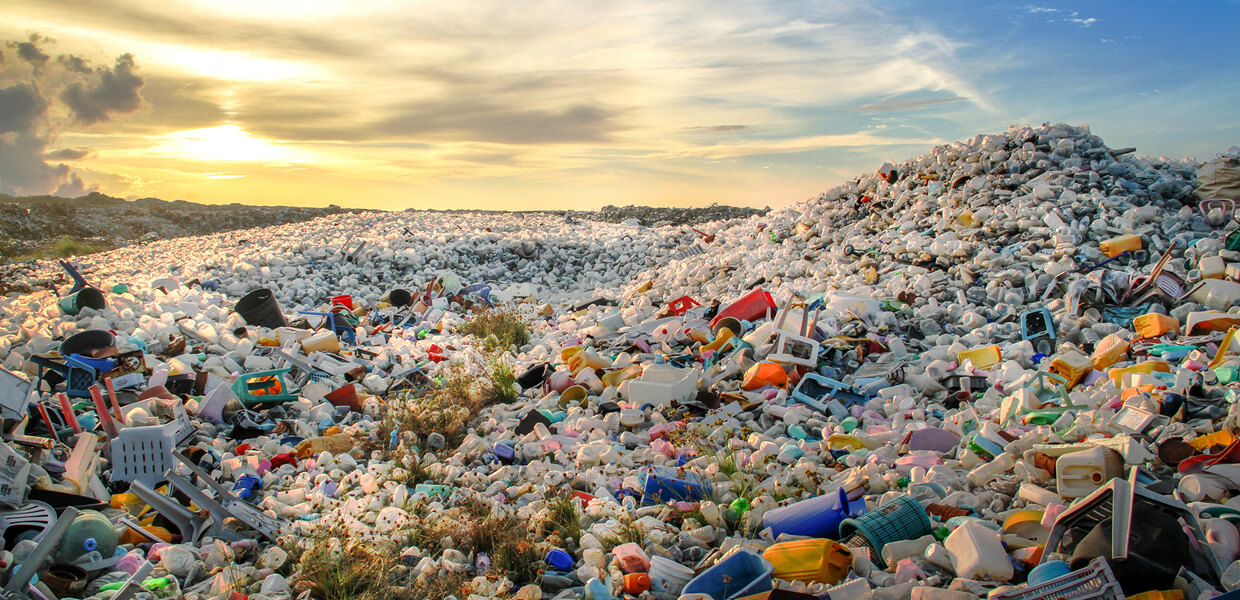PVC – A Brief Look at Some Environmental Issues
12 December 2013
The latest research findings and current understanding of the health and environmental
effects of phthalates clearly show that they do not pose a risk to human health or the
environment
It is now scientifically accepted that the carcinogenic effects produced by phthalates in rodents are species specific and of little relevance to humans. The environmental impact of phthalates is considered to be low due to their ready biodegradability and low toxicity. Plasticisers in general and phthalates in particular are currently the subject of considerable media, legislative and scientific debate. This is not new. Concerns regarding plasticisers have been raised on a variety of topics at regular intervals ever since the early 1980’s. These have included carcinogenicity, environmental effects, estrogen mimicking, phthalates in toys, and most recently exposure via medical devices. However, any fears have repeatedly been shown to be unfounded. Plasticised PVC has been used for more than 50 years without a single known case of it having caused any ill‐ health and the environmental effects of phthalates are known to be minimal. Academia and industry have continually worked together to address the concerns and conduct necessary research. Indeed there is more known today about phthalates than almost any other chemicals. Unfortunately, politics play an increasingly important part in any debate relating to chemicals but, in the majority of cases, a scientific approach to the concerns has been adopted by the authorities. Indeed, it is as a consequence of the large amount of scientific research that has been carried out and also because flexible PVC makes such a valuable contribution to modern life that plasticiser usage continues to grow.
Plasticised PVC has been used for more than 50 years without a single known case of it having caused any ill‐ health
European Union risk assessments, conducted under the Existing Substances Regulation (793/93/European Economic Community), have now been published for three of the five main phthalate plasticisers (DINP, DIDP and DBP) and those for the two others (DEHP and BBP) are almost complete. For DINP, DIDP and DBP there are no risks identified for any application in which they are used. In the case of the risk assessments still being finalised it has already been agreed that the general population is not at risk from the use from either plasticiser.
Frequently Asked Questions
What are phthalates and what are they used for?
Phthalates are a group of colourless, odourless liquids which are used as ‘plasticisers’. They are produced by the simple reaction of alcohols with phthalic anhydride and the elimination of water. Both alcohols and phthalic anhydride are well known substances which have been in use for a long time and which are derived from petroleum. Phthalates have very low volatility, do not readily dissolve in water and are not persistent in the environment. Their principal use is to soften the popular plastic, polyvinyl chloride (PVC). Plasticised PVC is used in a wide range of applications such as medical tubing and bloodbags, footwear, stationery goods, flooring and wall‐coverings, electrical cable insulation, clothing and toys.
Is it true that phthalates cause cancer?
No phthalates are classified as human carcinogens by the World Health Organisation (WHO) and there is no evidence to suggest that phthalates can cause cancer in human beings. Since 1980 a large number of investigations have shown that feeding high levels (many thousand times greater than foreseeable exposure) of phthalates and other chemicals to rodents over their lifetime causes a large increase in microbodies in the liver called peroxisomes. This ‘peroxisome proliferation’ leads to the formation of liver tumours. However, when these chemicals are given to non‐rodent species such as marmosets and monkeys (primates considered to be metabolically closer to humans), such peroxisome proliferation and liver damage is not seen. It is now generally accepted that phthalates are one of a number of substances which can cause liver tumors in rodents by a mechanism which does not occur in humans. On the basis of these differences in species response, it was concluded some years ago that phthalates do not pose a significant health hazard to people. This scientific view was adopted by a European Commission decision of 25 July 1990 which states that DEHP shall not be classified or labeled as a carcinogenic or irritant substance. The correctness of this decision has recently been reaffirmed by two comprehensive reviews. In February 2000, the International Agency for Research on Cancer (IARC) ‐ which is part of the World Health Organisation (WHO) ‐ re‐classified the phthalate plasticiser DEHP as “not classifiable as to carcinogenicity to humans.” Some years earlier it had been classified as “possibly carcinogenic to humans” based on rodent students
Aren’t harmful dioxins emitted when PVC is incinerated?
Any waste containing chlorine, including wood and food residues has the potential to produce dioxins when incinerated.
Sources:
European Council for Plasticiers & Intermediates http://www.plasticisers.org/
PVC.org http://www.pvc.org/en/faqs/9/37


